Day 1124
18.03.2014
120 977 km since the beginning of the journey
Day`s journey: Abra Pampa – La Quiaca – Cieneguillas – Paicone - Pirquitas – and so on, total 231 km.
Just like in Patagonia - also in the northern region of Argentina it is recommended to use every opportunity to refuel. Last night at the petrol station I was told that diesel will be brought in the morning, but it seemed that morning at 10 o'clock there was not morning enough. Diesel will be brought later. In fact, it did not matter at all, just makes one feel safer to have got sufficient supplies.
Sufficient supply means to be able to drive to an x place, where a gas station should be located and if not, then to reach to some next one.
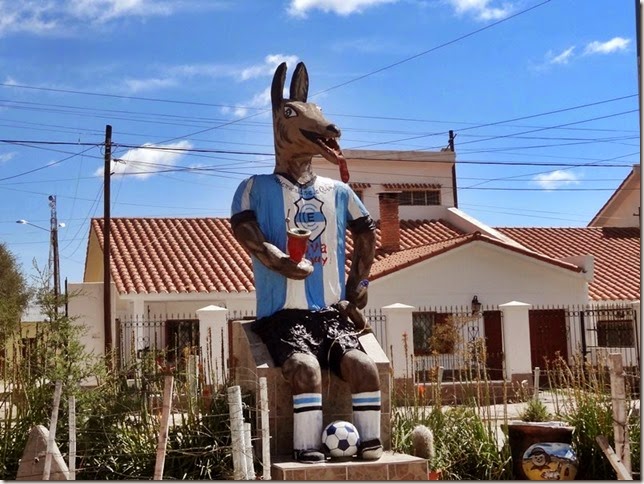
La Quiaca was less than 90 kilometers away. At the border of the town was the first tourist information board, but there the construction was of unfinished appearance. The doors were open and electrical wires were hanging on the wall. A few hundred meters further - the next sign " Information Turistica ". I made a stop.
The local tourist map is not available, but I am explained the location of the city center and how to reach the Bolivian border. I also learn about Ruta 40 that the road is nice and otherwise also ok. And the gas station is just 100 meters further. And as they had no map for me I was advised to drive a little further and then Ruta 40 is on the left.
The stories being told and hopefully all the long story correctly understood, I drive to the gas station, fill the tanks, and drive on downtown. And now and then again remember that from somewhere postage stamps should be bought. Postcards are on sale everywhere, but the stamps are quite another story. If you find a post office in the daytime then, it will be closed at noon and if you can come over it in the evening, then it is either Sunday, or is just another holiday. Or a local holiday. This time it is the exception, lunch has not yet begun, and after 10 minutes of waiting in various queues I will start to buy stamps. And succeed.
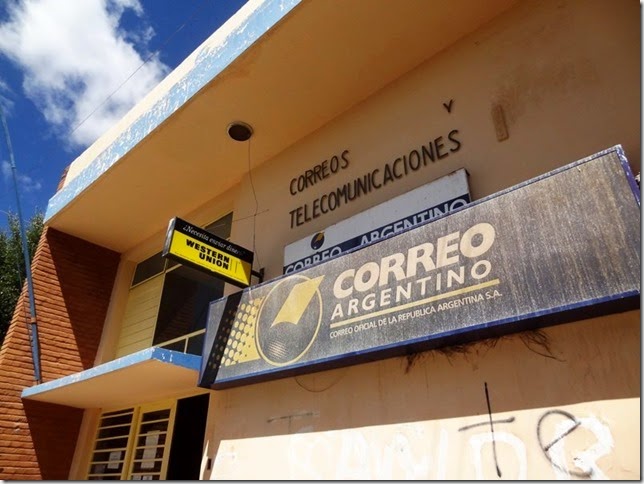
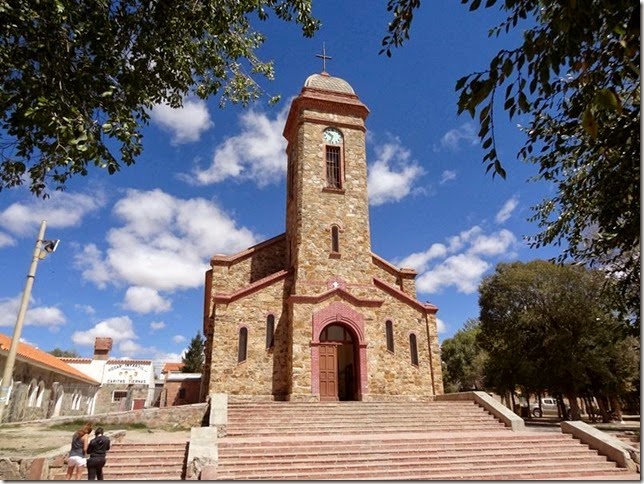
La Quiaca Cathedral
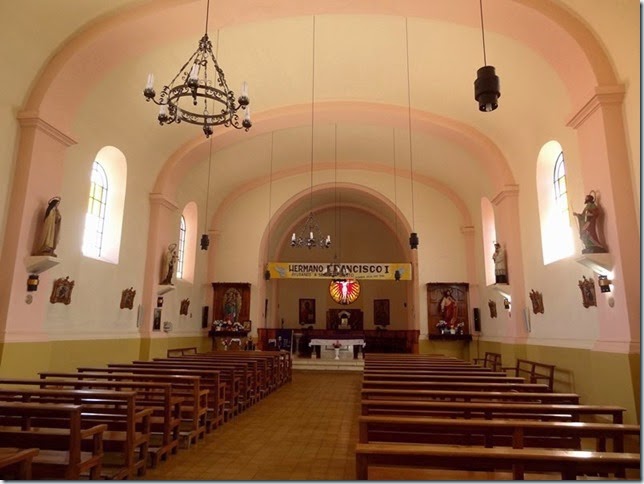
Immediately next to the church there is the next tourist information. Great, maybe I can get a map from here and some other useful information. I succeed. Having now a city map and the map of the region.
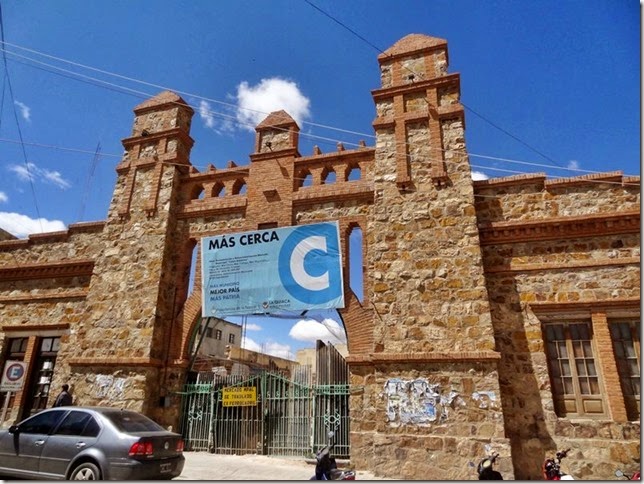
Mercado. Market.
The gate of the Central Market is locked and partly covered with some kind of a slogan, and here restoration work is being carried on.
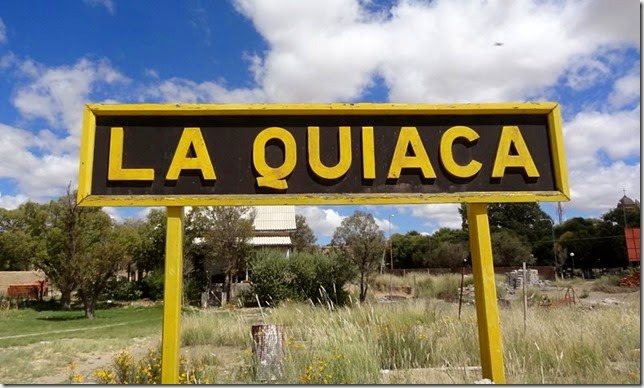
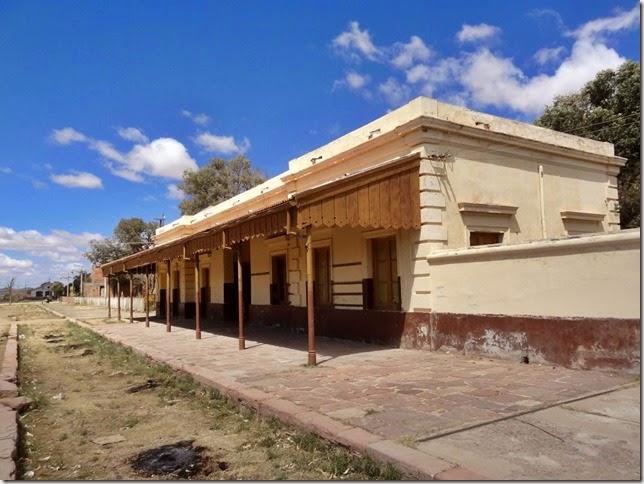
The station of La Quiaca viewed from lower...
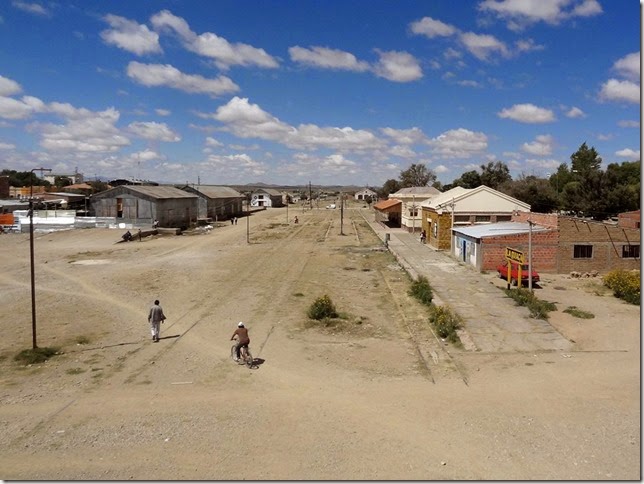
and higher.

The first passenger train arrived in Buenos Aires in 1907, and for a long time the train traffic was faster compared to moving along the roads. The mainland road - Camino Real del Peru (Royal Road of Peru) had already existed in colonial times, starting from Buenos Aires through Cordoba, San Miguel de Tucuman, Salta, San Salvador de Jujuy and Potosi further in the direction of Peru.
Over time, the network of roads was developed and the railway began to lose its importance, the last passenger train arrived in La Quiaca in December 1993 and the last freight train in July 1994. Currently, some rails are under the sand and some are missing.
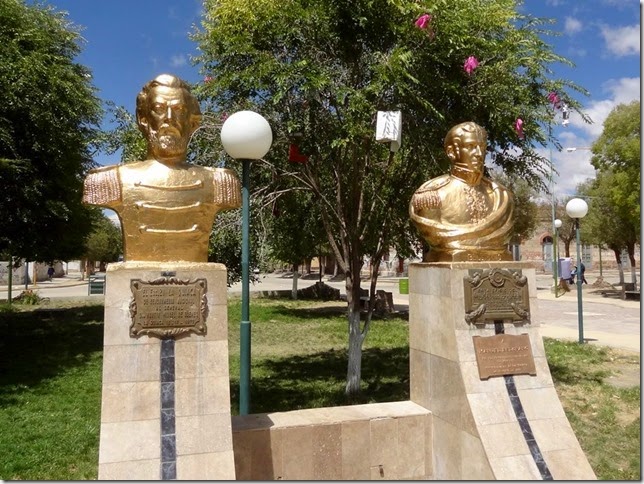
Generals of the Argentine War of Independence (1810 -1818), on the left - General Don Martin Miguel de Güemes, on the right, Gen. Manuel Belgrano.
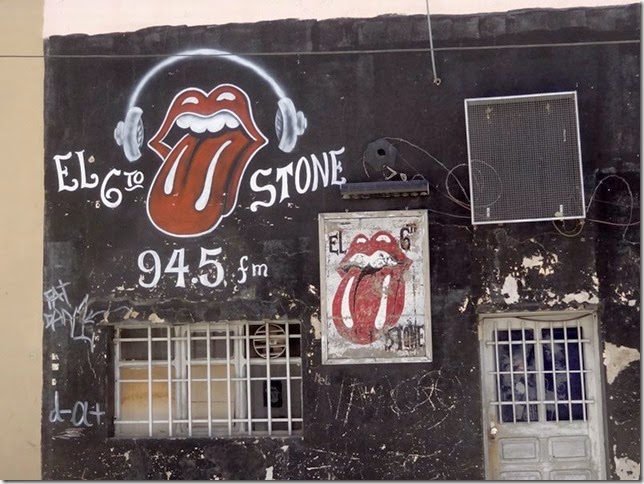
Just graffiti. Familiar.
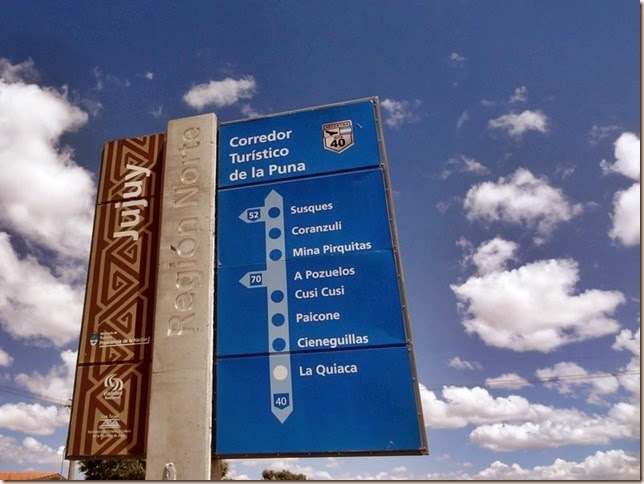
In fact, I came here to look over the northern section of Ruta 40, which was supposed to run, according to stories, through the hills and valleys, in short - was worth to pay a visit. Because usually people come to Quiaca to go from here to Bolivia, but there still is time for that. In a word - to look over this little - visited northwestern corner of Argentina and go downwards to the highest point on the Ruta 40, Abra de Acaini. And incidentally visit again Polvorilla viaduct in beautiful weather.
And of course, there are plenty of interesting places on the road. In Susques, for example, there is a small church, which is built mostly of cacti wood, again a "must see". The roadside sign confirms the fact that it is Ruta 40 the "Corredor Turistico de la Puna" Almost no traffic, within a few hours only one vehicle was met.
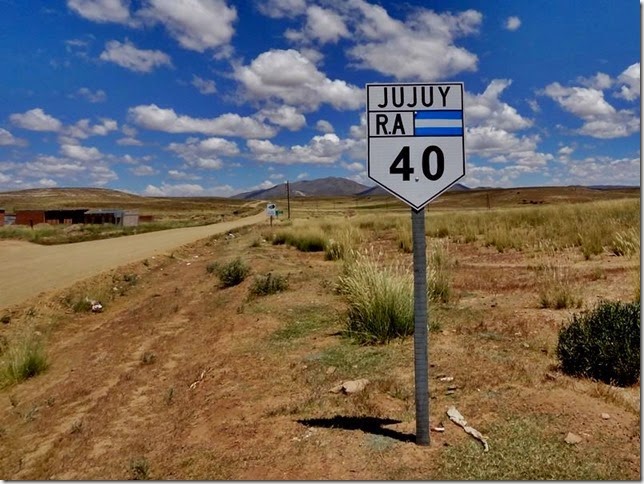
The beginning.
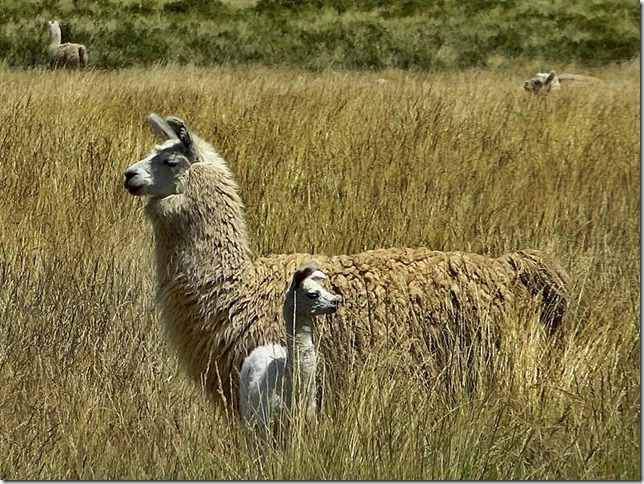
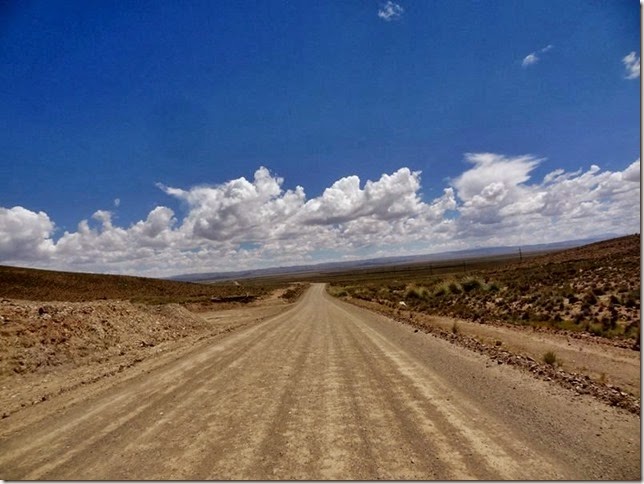
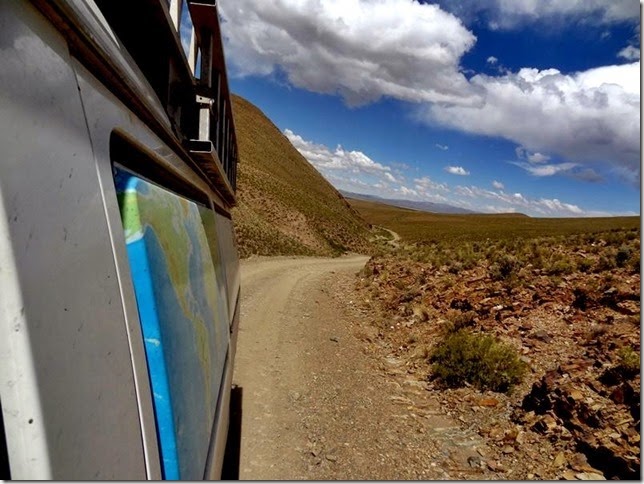
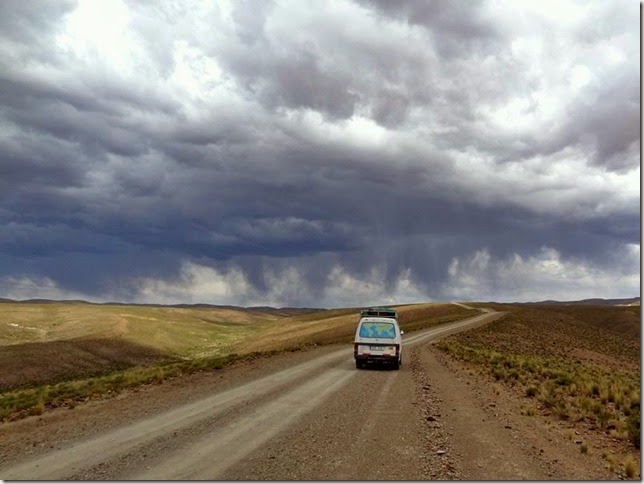
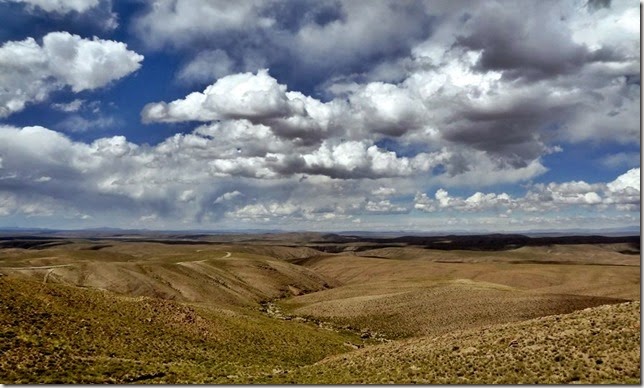
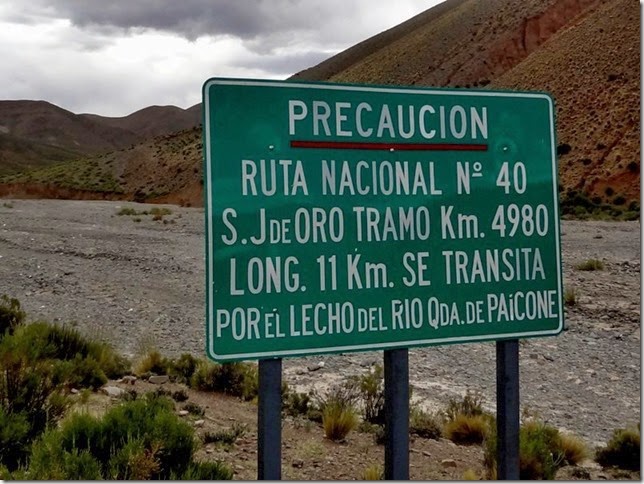
Confirmation that the next 11 miles of driving is indeed along the riverbed. There is little water now, but on rainy season the opposite- side- driving may cause quite a strain.
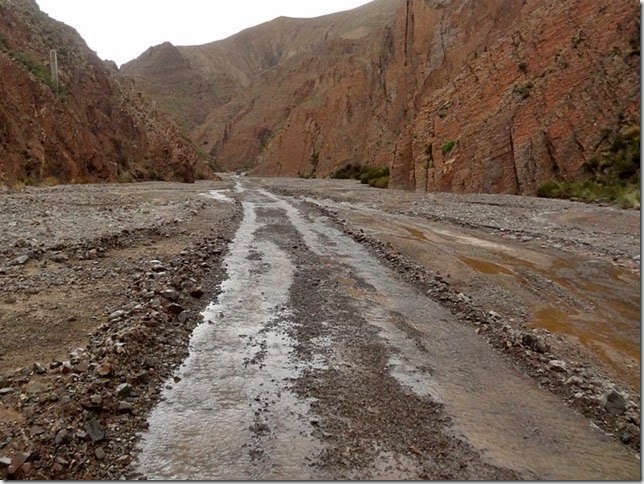
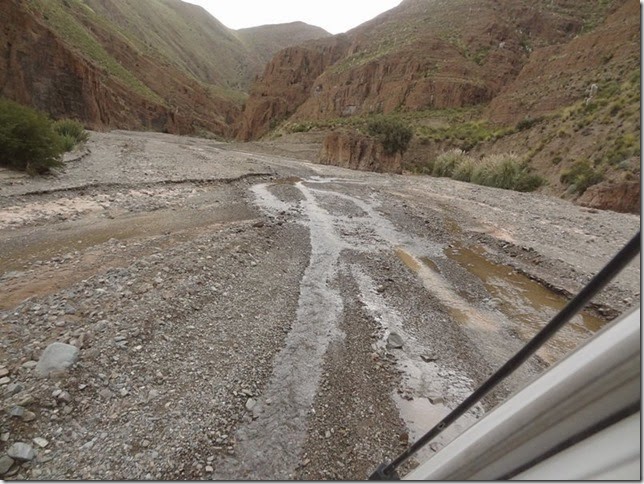
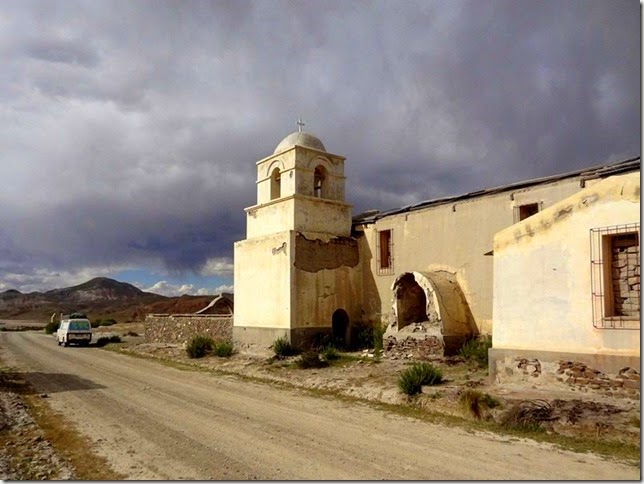
Another abandoned village.
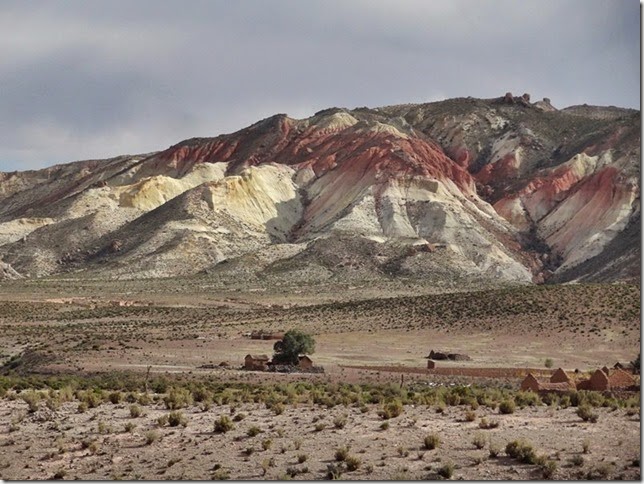
Colored hills, so characteristic to this area. Unfortunately the camera is unable to reflect their very essence. Almost untouched nature, only a few villages by the road.
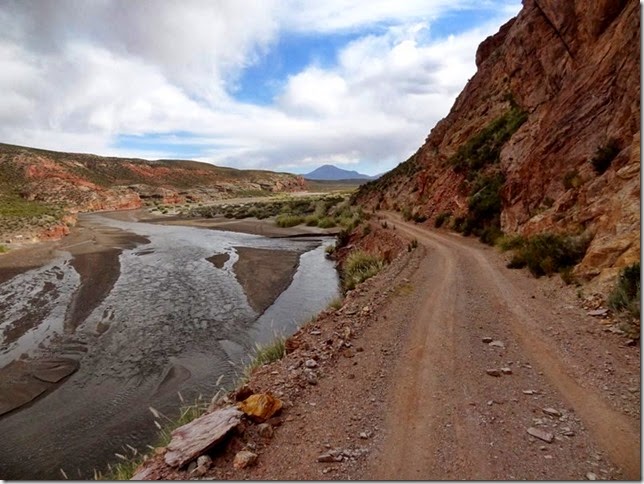
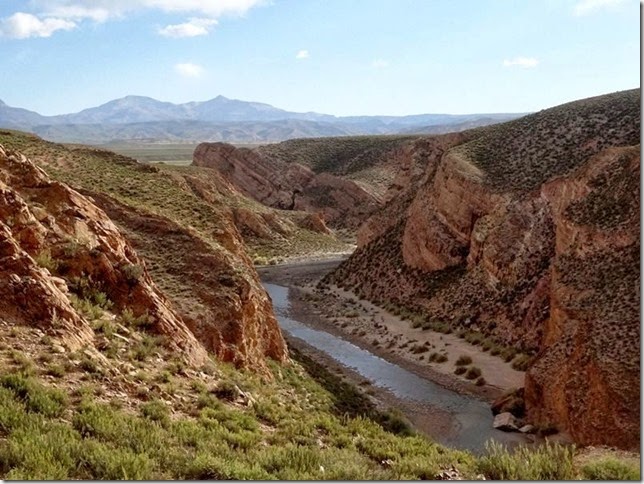
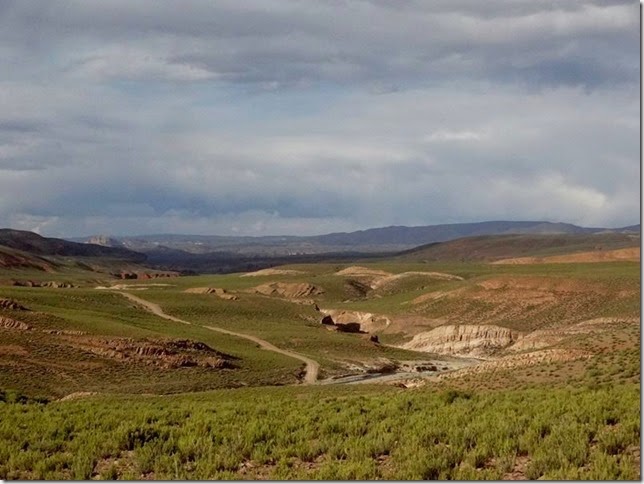
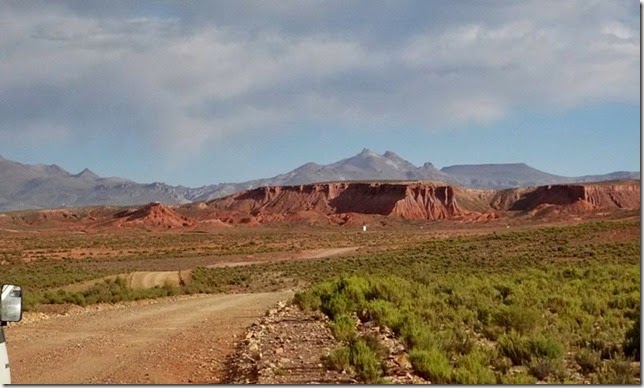
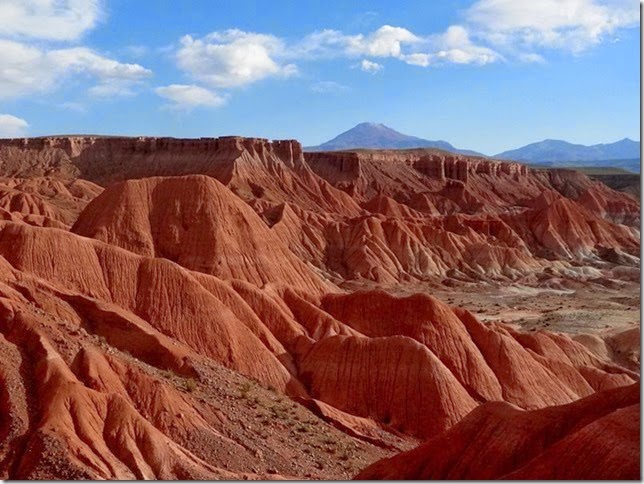
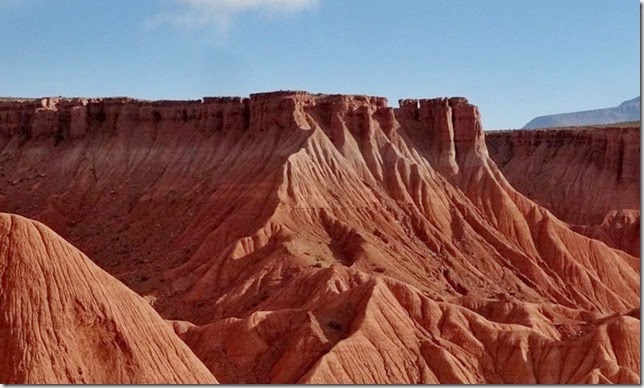
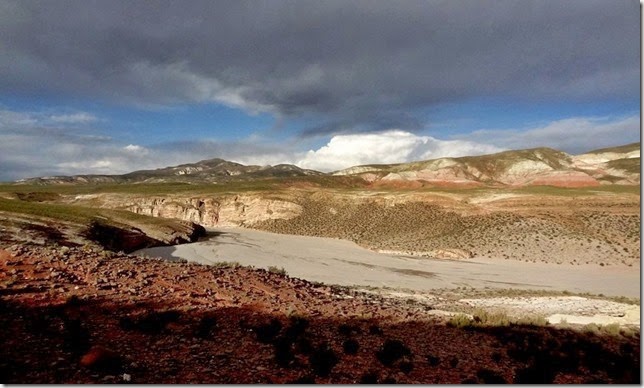
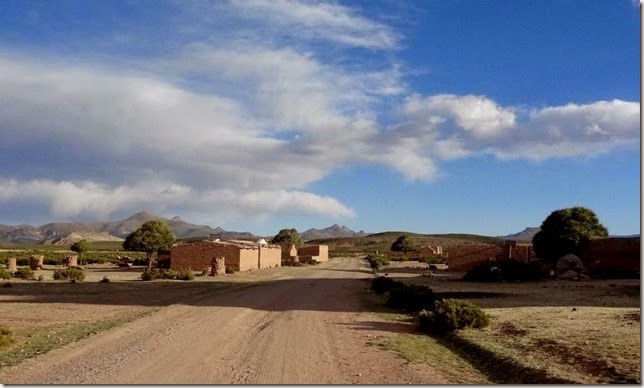
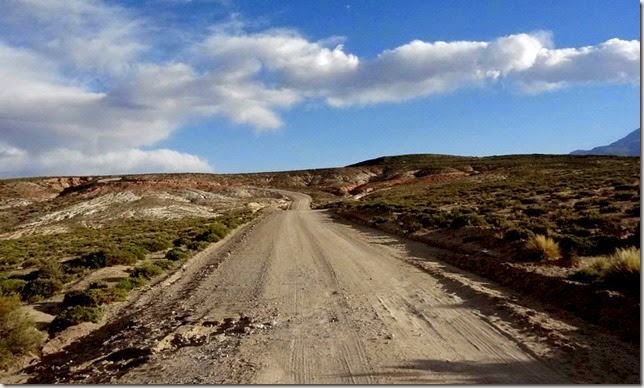

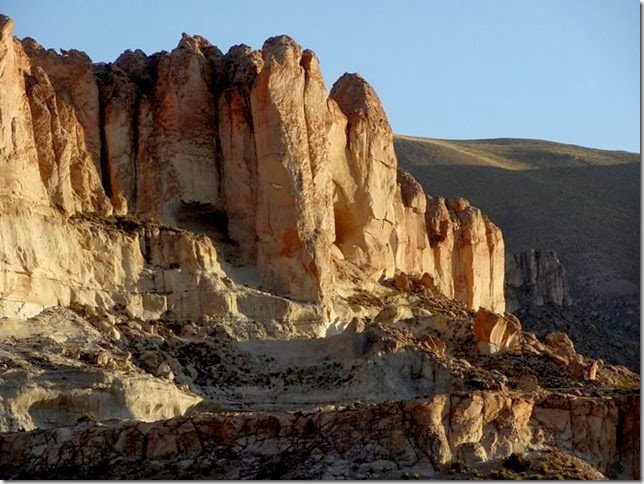

Looking for an overnight place takes place this way : you just find a more or less shaded place by the road behind a stone. Such one that not to be at once noticeable from the road and that the morning sun will shine on the car.
The place has an altitude of 3900 meters and at night it is cooler here than during the daytime. Later a vehicle passes and then silence until morning.
GPS trail
View Larger Map

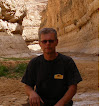

No comments:
Post a Comment